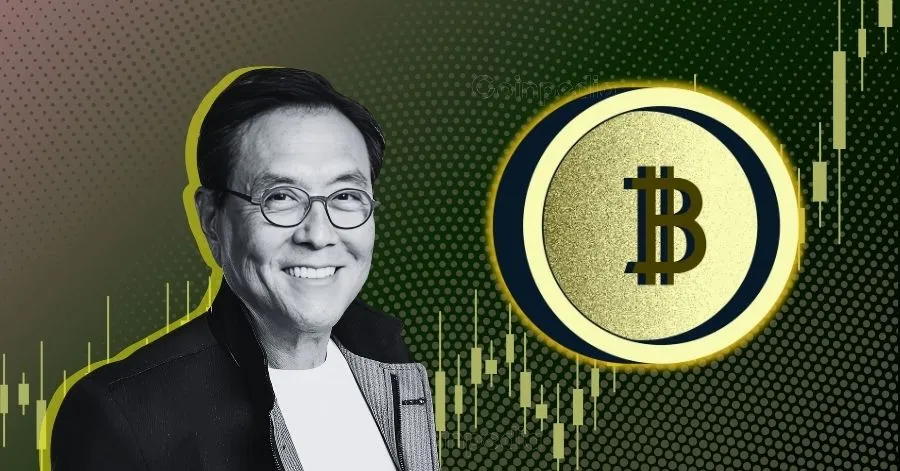
The post Robert Kiyosaki: I Don’t Trust “Fake” Dollars – I Trust Bitcoin! appeared first on Coinpedia Fintech News
The legendary Rich Dad Poor Dad author, Robert Kiyosaki

Robert Kiyosaki
Robert Toru Kiyosaki is an American businessman and author, known for the Rich Dad Poor Dad series of personal finance books
Content Creator / Influencer
is preparing for the storm.
He’s sounding the alarm yet again – warning that the “biggest crash in history” is already unfolding. But he’s not running for cover – he’s stacking Bitcoin, gold, and silver.
In a fiery new tweet, Kiyosaki calls out the Federal Reserve and Treasury, accusing them of inflating the economy with “fake dollars.” His solution? Hard assets – and he’s placing Bitcoin front and center as his go-to financial shield.
Market Meltdown Incoming: Kiyosaki Rings the Alarm
Kiyosaki has long warned about what he believes to be an inevitable economic collapse. Citing predictions from his book Rich Dad’s Prophecy, he emphasizes that we’re now living through the exact scenario he foresaw – an epic crash in stocks, bonds, and real estate.
In his recent Tweet, Kiyosaki states, “Odds are the Fed and Treasury will print trillions in fake dollars…. increasing M2 money supply,” and he expects it to cause huge inflation soon.
Bitcoin, Gold, and Silver: His “Real Asset” Safety Net
1. The Crash Is Now: Stocks, bonds, and real estate are crashing, just as he predicted years ago.
2. Massive Inflation Ahead: He expects the Fed and Treasury to flood the economy with “trillions in fake dollars.”
3. Bitcoin = Wealth Protection: Kiyosaki trusts Bitcoin to defend against fiat chaos and inflation.
4. Silver to Hit $70 by 2026: A bold forecast suggests silver could double in value over the next year. He frequently emphasizes silver’s accessibility, noting that even those with lower incomes can start stacking silver coins as a hedge against economic turmoil.
5. “Savers Are Losers”: He repeats his famous mantra: don’t save dollars, invest in real assets.
Don’t Panic, Be Prepared!
Kiyosaki warns that unemployment is spreading fast, and traditional assets might not offer the protection investors expect. His advice? Don’t wait for disaster to strike – start preparing now.
He urges people to begin building positions in Bitcoin, gold, and silver before the economic wave hits full force.
In a Nutshell
Robert Kiyosaki’s firm belief in Bitcoin highlights his vision of the cryptocurrency as a crucial tool for financial security. We saw how Michael Saylor believes in Bitcoin exploding as he adds Bitcoin regularly to the Strategy’s Bitcoin reserve.
With his Tweet, he simply pushes for investments in Bitcoin and commodities like Gold and Silver. However, high volatility in crypto markets and long-term inflation are unpredictable.
Never Miss a Beat in the Crypto World!
Stay ahead with breaking news, expert analysis, and real-time updates on the latest trends in Bitcoin, altcoins, DeFi, NFTs, and more.









 4.62%
4.62%